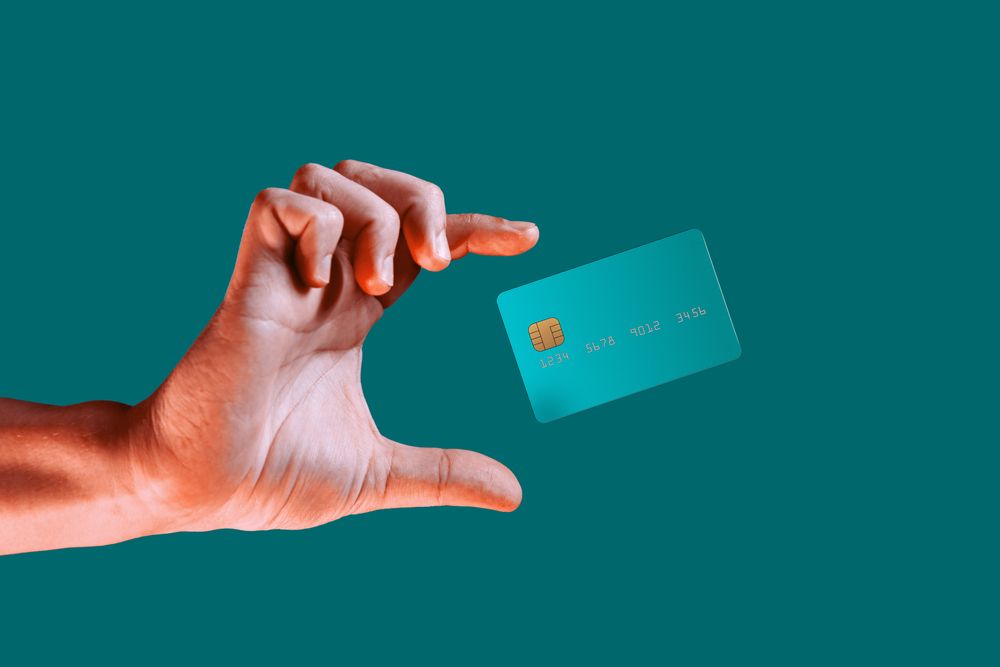Credit Card Minimum Payments: Are They A Trap?
Updated: 16 Sept 2025
Written bySingSaver Team
Team

The information on this page is for educational and informational purposes only and should not be considered financial or investment advice. While we review and compare financial products to help you find the best options, we do not provide personalised recommendations or investment advisory services. Always do your own research or consult a licensed financial professional before making any financial decisions.
Paying only the minimum on your credit card in Singapore ensures your account remains active and avoids immediate late payment penalties. However, it offers little progress in reducing your overall debt.
While using minimum payments for a short period during a financial crunch might be a temporary solution, relying on them as a long-term strategy can lead to substantial financial challenges. It's crucial to understand the implications beyond just avoiding late fees.
✨Get the Apple Upgrade You Deserve✨
Get your dream Apple gadget when you apply for select Citi, HSBC, OCBC, or Standard Chartered credit cards via SingSaver and top up as low as S$240! Valid till 1 January 2026. T&Cs apply.
Longer time to pay off debt
Consistently relying on the credit card minimum payment significantly prolongs the time needed to eliminate your outstanding balance. Credit card issuers in Singapore typically calculate the minimum payment as either a small percentage of your total balance or a fixed amount, whichever is greater. This structure results in a substantial portion of your payment being allocated to interest charges, and while it may help you avoid immediate late fees, it leaves minimal funds to reduce the principal debt.
Consider this scenario: Imagine a credit card balance of S$5,000 with an annual interest rate of 28%. If you consistently make only the minimum payment (3% of the balance, or S$150), a large part of this payment goes towards interest. For instance, if your interest charge is S$115, only S$35 actually reduces your S$5000 debt. Consequently, after two months, you might find that your outstanding balance has barely decreased despite making payments.
Even a slight increase in your monthly payment can drastically shorten the repayment period. Paying just double the minimum amount can potentially cut your repayment time in half. Therefore, consistently paying more than the minimum is crucial to avoid prolonged debt and excessive interest accumulation.
Rising interest costs
Sticking to the minimum payment on your credit card leads to a significant accumulation of interest over time. Unless you're using a 0% interest credit card, typical credit card interest rates in Singapore hover around 28% per annum, compounded daily. This means a large portion of each minimum payment goes directly towards covering interest charges, leaving minimal impact on reducing the actual principal.
Consider this scenario: If you maintain a S$10,000 balance on a credit card with a 28% annual interest rate and only make the minimum payment, you could incur over S$200 in interest each month. This rapidly accumulating interest makes it increasingly difficult to reduce the principal debt.
This practice creates a cycle where you're primarily servicing the interest, not the debt itself — a "debt treadmill" that makes it extremely challenging to fully repay your credit card balance. As you continue to make only partial payments, your debt can become increasingly worrisome due to the accumulating interest.
To estimate your monthly interest charges, divide your card's annual percentage rate by 12 and multiply it by your average balance. Paying more than the minimum can significantly reduce these charges and accelerate your debt repayment.
Impact on your credit standing
Consistently paying only the minimum on your credit card can negatively affect your credit scores. As your credit card balances increase, so does your credit utilisation ratio — the portion of your available credit that you're using. Lenders in Singapore consider high credit utilisation a significant indicator of financial risk, and this can lead to a lower credit score.
Maintaining a persistently high balance while only paying the minimum can easily push your credit utilisation ratio above the recommended 30% threshold. This can hinder your ability to secure future loans or credit cards with favourable terms. Furthermore, it can potentially impact other aspects of your life, such as renting an apartment or even job prospects, as landlords and employers often review credit scores.
It's advisable to keep your credit utilisation below 30% on any given card, and ideally, even lower. If your balances are nearing your credit limit, prioritise reducing them as much as possible. If you're struggling with cash flow, consider paying your credit card bill immediately after receiving your salary or exploring options to increase your income. To understand how your credit utilisation affects your credit score, you can review your Credit Bureau Singapore (CBS) report.
Ask for help when you can't pay more than the minimum
While paying the minimum on your credit card is preferable to missing payments and incurring late fees, it's not a viable long-term strategy for financial health. If you consistently find yourself unable to pay more than the minimum, it's crucial to seek help.
Consider contacting your credit card issuer to discuss potential debt management options, such as a structured repayment plan. Many card issuers in Singapore offer assistance programmes to help cardholders manage their debt.
Alternatively, explore debt consolidation options, such as transferring your credit card balance to a personal loan. Personal loans typically offer lower interest rates than credit cards, making them a more manageable way to pay down your debt. This approach can help you break free from the cycle of high-interest charges and make consistent progress towards becoming debt-free. In severe cases of unmanageable debt, it may be necessary to consult a professional about debt relief options, including the possibility of bankruptcy.
Remember, addressing your credit card debt proactively can prevent it from spiralling out of control and negatively impacting your financial well-being.
Relevant articles
Stay ahead in everything finance
Subscribe to our newsletter and receive insightful articles, exclusive tips, and the latest financial news, delivered straight to your inbox.
About the author
SingSaver Team
At SingSaver, we make personal finance accessible with easy to understand personal finance reads, tools and money hacks that simplify all of life’s financial decisions for you.

